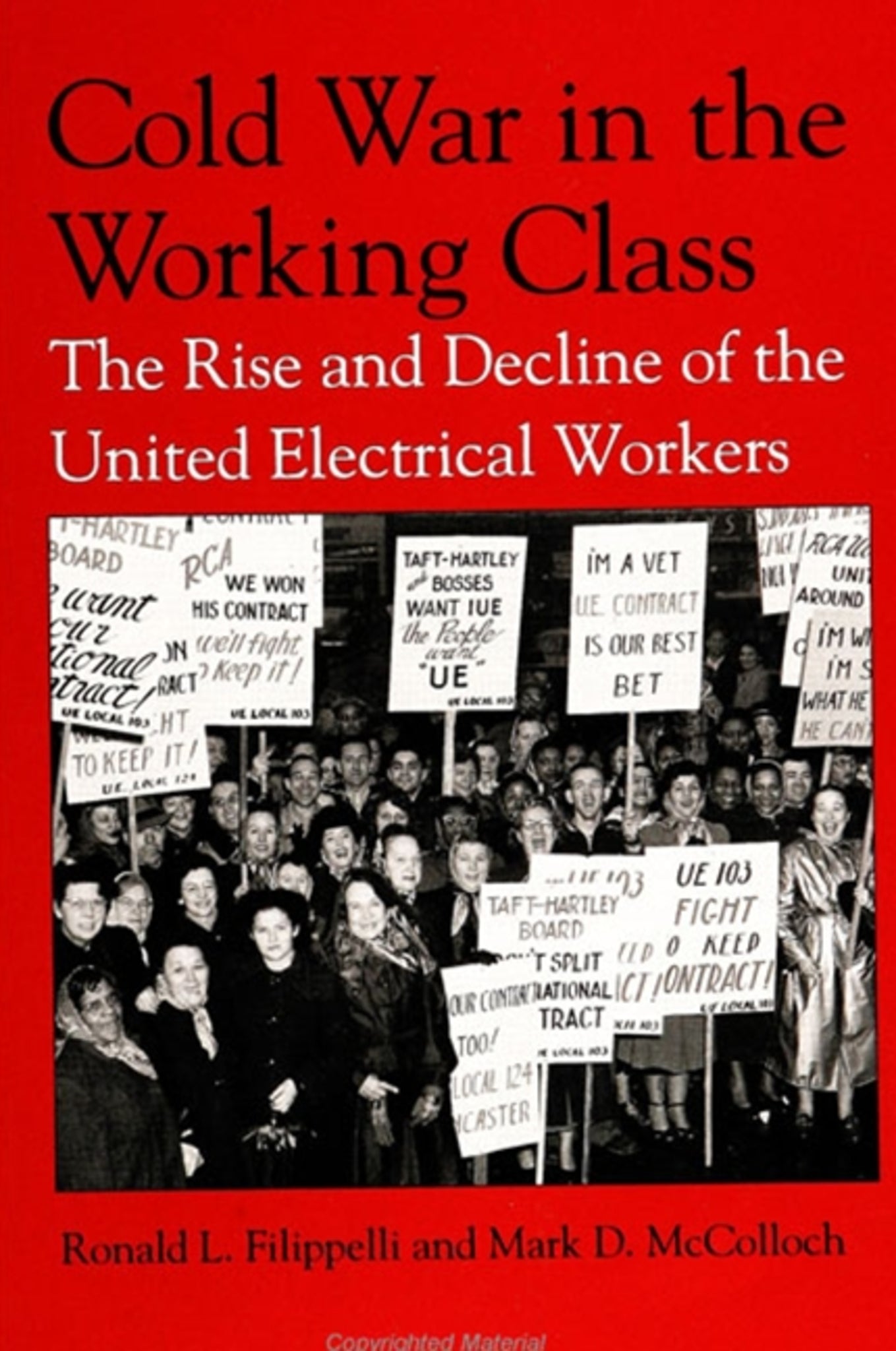We're sorry. An error has occurred
Please cancel or retry.
Cold War in the Working Class

Some error occured while loading the Quick View. Please close the Quick View and try reloading the page.
Couldn't load pickup availability
- Format:
-
23 December 1994

This book tells the story of the rise and decline of the United Electrical, Radio, and Machine Workers of America (UE) from 1933 to 1990. Once the third-largest industrial union in the United States, the UE was the most powerful left-wing institution in U.S. history and arguably the most significant victim of the anti-communist purges that marked post-World War II America. This is an institutional study of the formation of the UE and the struggle for its control by left-wing and right-wing factions. Unlike most books on unions during the Cold War, this study carries the story up to the present, showing the long-term effects of the ideological battles.


"This is an important and engaging study of one of the most dynamic and effective of the industrial unions of the CIO era. Filippelli and McColloch have used the UE and CIO records to good effect to present a vivid picture of the ideological conflicts of the early Cold War era. Cold War in the Working Class documents the excesses of post-World War II anti-Communism and sheds important light on the dilemmas faced by trade unionists in a period of heightened international and domestic tensions." — Robert Zieger, University of Florida
"What I like most about this book is, from a methodological standpoint, the extensive use of oral history data to back up archival and published sources; and from a narrative standpoint, the continuation of the story beyond the usual Cold War Era treatment up to virtually the present day. The story thus becomes one not only of Cold War confrontations in labor but also of survival and new challenges for labor in general, through the perspective of one exceptional union." — Paul Buhle, Visiting Scholar, American Civilization, Brown University
Acknowledgments
Introduction
The Formative Years
Building the Union in the CIO
The Popular Front
The End of the Popular Front
Civil War and Expulsion
A Host of Enemies
Slow Climb Back
Holding On
Conclusion: An Uncertain Legacy
Abbreviations
Notes
Bibliography
Index



